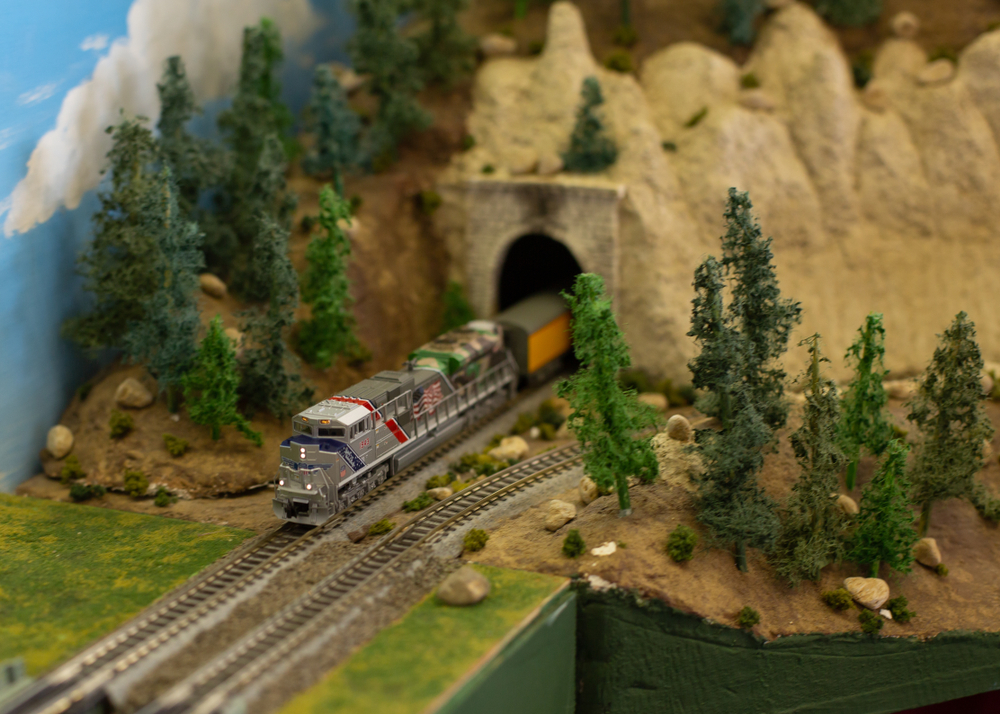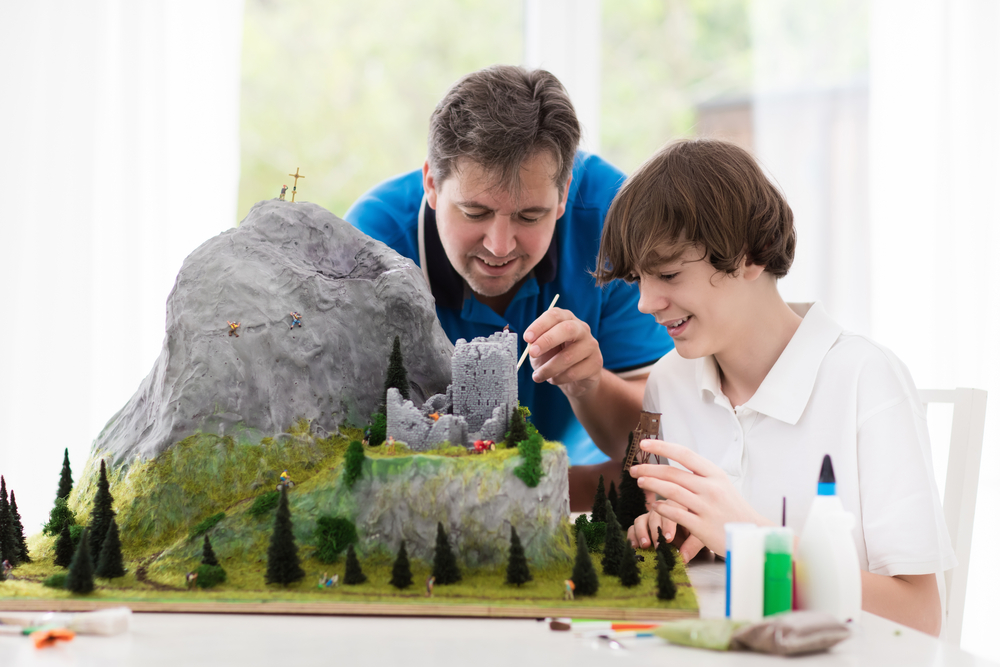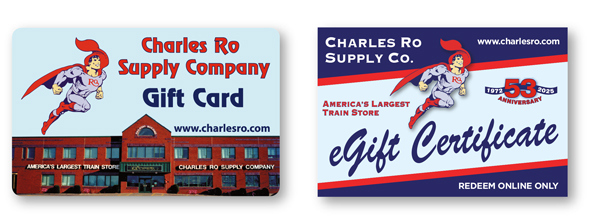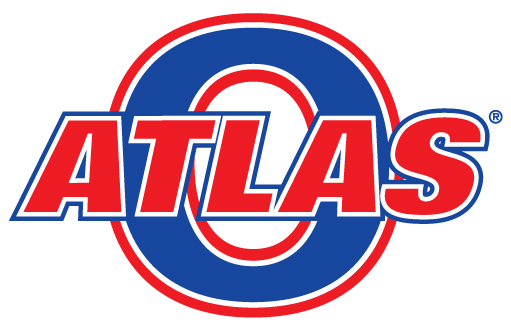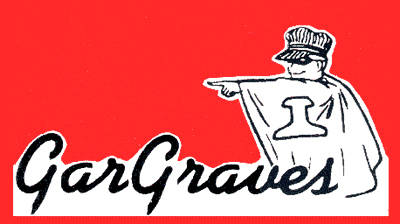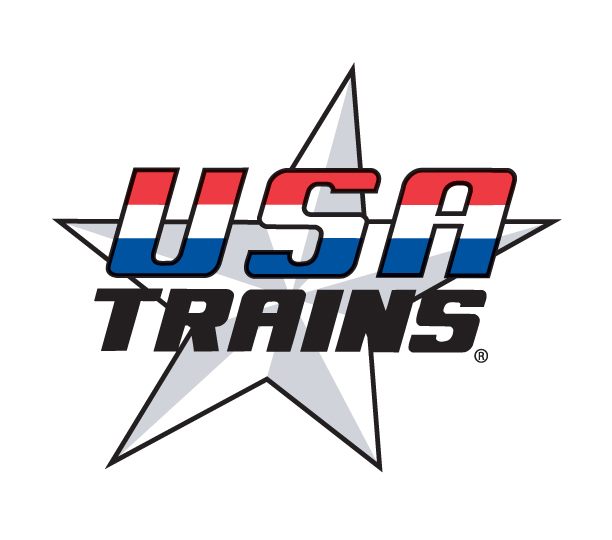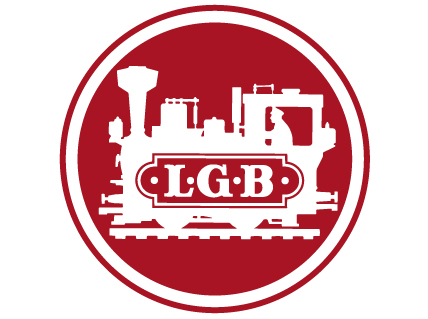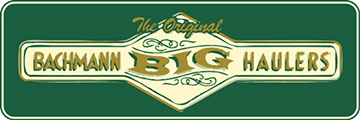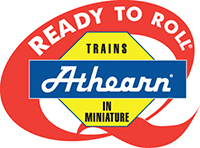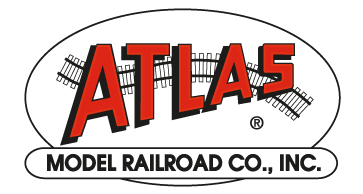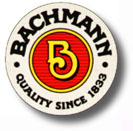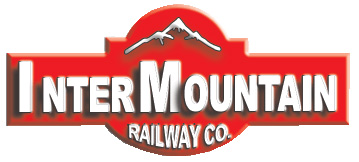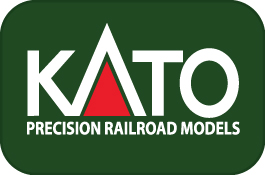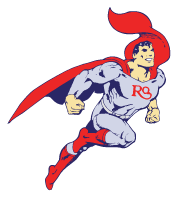Constructing a model train layout offers an opportunity to miniaturize the world. Here are a few elements, such as tunnels and mountain passes, that capture the real-world railroading romance and ruggedness. Adding mystery, depth, and operational interest to your design, forcing trains to disappear and reappear dramatically.
If you want to achieve this kind of realism, it takes more than just carving a hole in some plywood. Curious to learn? This blog will tell you the necessary details.
The Foundation
You need to do some careful planning before rushing to cut. Consider the landscape: are your mountains rocky, lush Eastern hills, or rocky Western peaks? This informs you about the shape, scenery, and materials because the foundation should look logical:
Determine the Grade
Real trains can only handle shallow slopes. Make sure the tracks leading to and through the pass or tunnel maintain a gentle grade. This is typically 2% to 4% maximum for most model trains to prevent derailing. Use layered foam insulation board to gradually build up the elevation.
Establish Clearance
Check the clearance inside your tunnel. There should be sufficient vertical and horizontal room for the train to run, allowing double-stack containers or tall passenger cars to pass freely, especially on curves. For the best results, run a long test train before finalizing the scenery.
Construct the Substructure
Your selected mountain’s framework needs to be firm yet lightweight:
Lattice and Profile
Use plywood “cookie-cutter” construction for the track base. Support it with ribs or formers made from cardboard strips or thin plywood. These define the mountain’s profile in general.
Insulation Foam
In this case, a rigid foam insulation board is a famous substitute. It’s easy to carve, cut, and glue. This will let you create complicated organic shapes, and then you stack and carve blocks to create a basic mountain shape.
Tunnel Portal
The tunnel portal is the entrance and exit. These tunnels are usually made from resin, cast plaster, or plastic kits. Otherwise, you can also make them from styrene or wood. Choose a style such as concrete, timber, or stone, matching your layout’s era and location.
Create Realistic Scenery and Textures
It’s time to breathe life into this model train layout:
The Shell
After the substructure’s completion, it wants a skin. Get plaster cloth to drape over the framework as the layer provides a quick and solid base for further texturing. You can also apply hydrocal or lightweight spackle layer over the foam.
Rock Work
Use rock molds like latex or silicone, press them into vet plaster or spackle to replicate natural formations. Change the angle and molt type to prevent duplication. Once dry, paint the rocks with diluted acrylic paints to highlight the texture.
For building the best model train layouts, get in touch with Charles Ro. They have professionals to guide you better on how to make one.

